Blackberries are among the healthiest berries known for their nutritional value and delicious taste. However, their tiny seeds can be an unwelcome addition to many dishes.
Removing blackberry seeds can be tedious, but enjoying their juicy sweetness without the added texture and potential bitterness of seeds is worth the effort. If you’re looking for a simple and efficient way to remove blackberry seeds, you’ve come to the right place. We’ll walk you through the most effective methods to extract seeds from blackberries, from the most basic to the most advanced.
Whether you’re planning on making blackberry jam, smoothies, or baked goods, these techniques will allow you to achieve your desired dish’s perfect texture and flavor. We’ll also provide tips on choosing the best blackberries for your recipe and storing them properly to extend their shelf life.
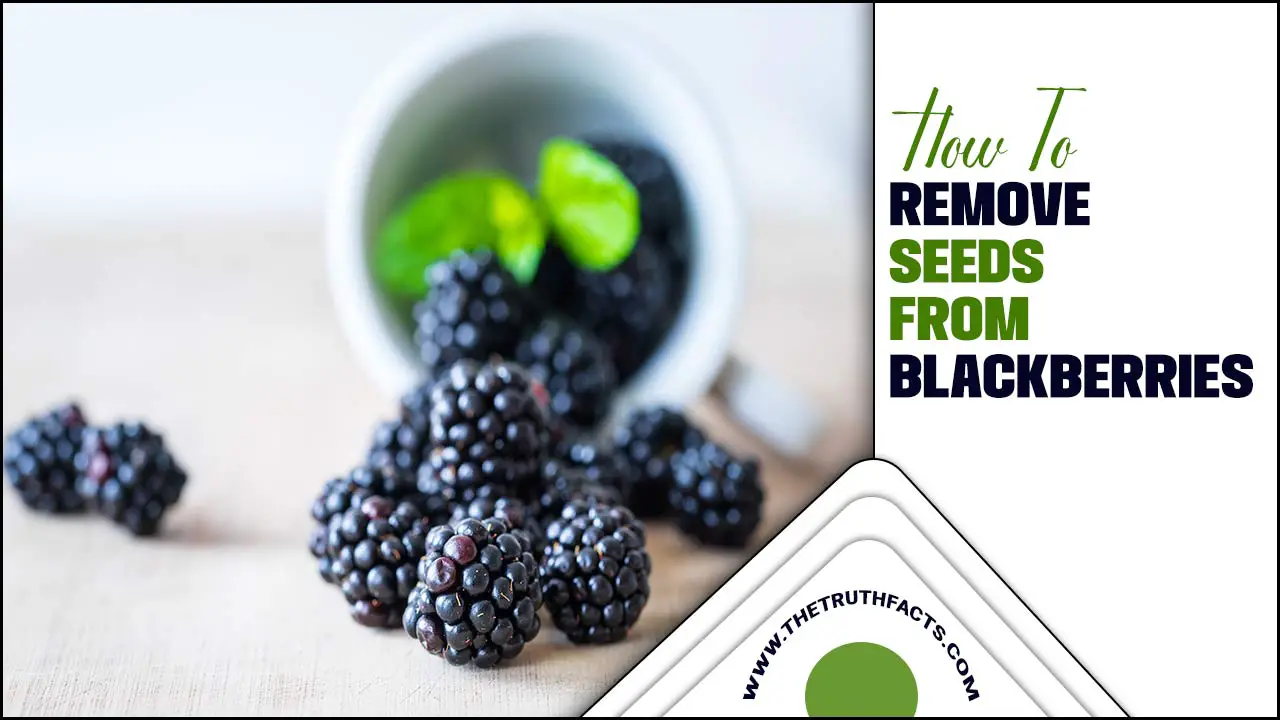
How To Remove Seeds From Blackberries
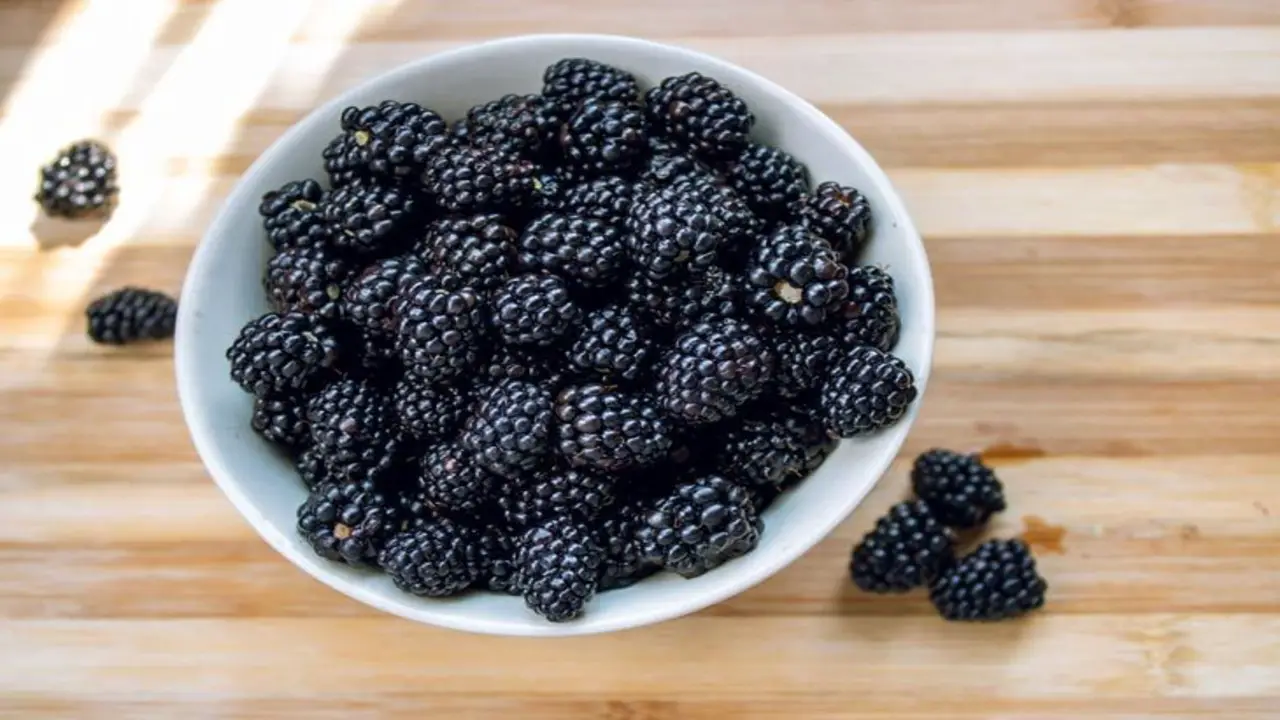
Removing seeds from blackberries can be tedious, but with a few simple steps, you can enjoy the sweet and juicy fruit without any unwanted seeds. Once you have removed the seeds, you can use the blackberry pulp in various recipes or enjoy it. Removing the seeds can enhance the texture and taste of your dishes, making them more enjoyable for everyone. Here’s how to remove seeds from blackberries:
- Start by rinsing the blackberries in cold water to remove dirt or debris.
- Place the blackberries in a fine-mesh sieve or colander and gently press down on them with the back of a spoon. This will help separate the pulp from the seeds.
- Use a spoon to scrape along the bottom of the sieve, collecting the pulp while leaving behind the seeds.
- Continue this process until most of the pulp has been removed, and only seeds remain in the sieve.
- If desired, further strain the mixture through a cheesecloth or muslin cloth to remove any remaining seeds.
Why Remove Blackberry Seeds?
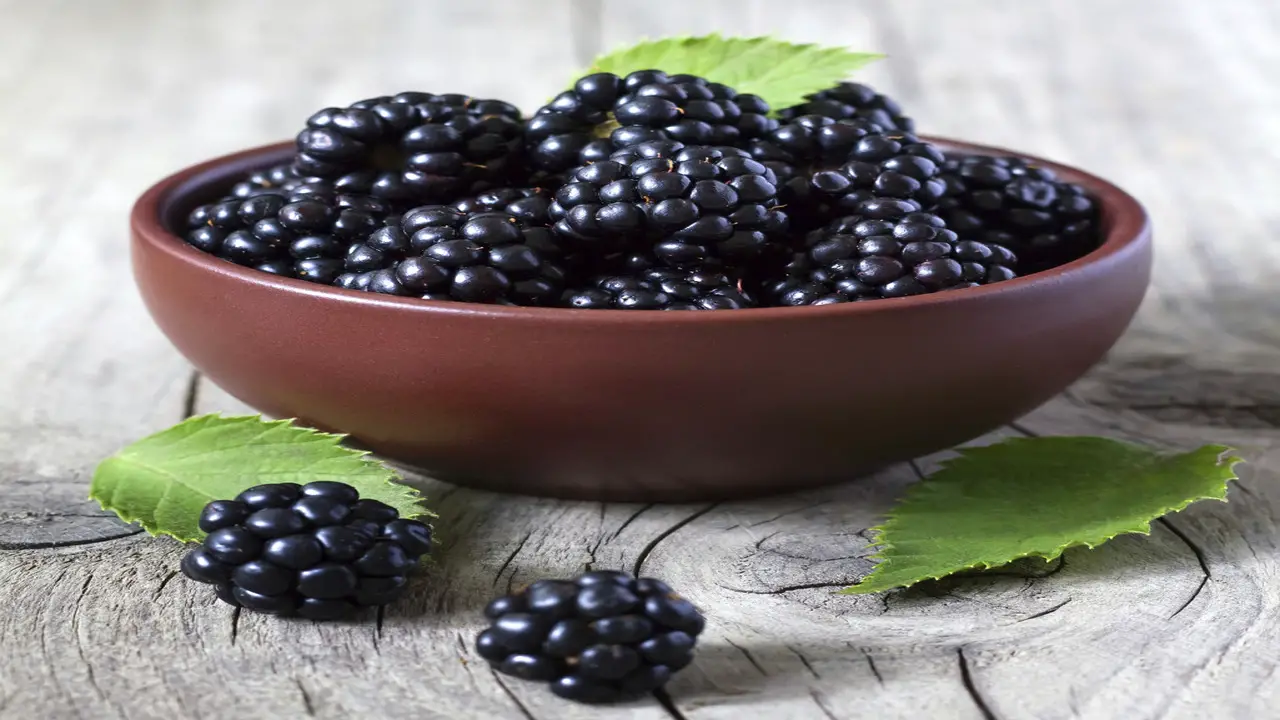
Removing blackberry seeds can make your eating experience more enjoyable and convenient. While some people don’t mind the texture and taste of the seeds, others find them a nuisance. Blackberry seeds can be quite small and get stuck between teeth, causing discomfort. Removing the seeds can make blackberries easier to use in recipes, such as smoothies or baked goods.
By straining or sieving the blackberries, you can create a smoother texture and eliminate any unwanted crunchiness from the seeds. So, if you prefer a seedless blackberry experience or want to enhance the texture of your dishes, it’s worth taking the extra step to remove those pesky seeds.
Preparations Before Removing Seeds
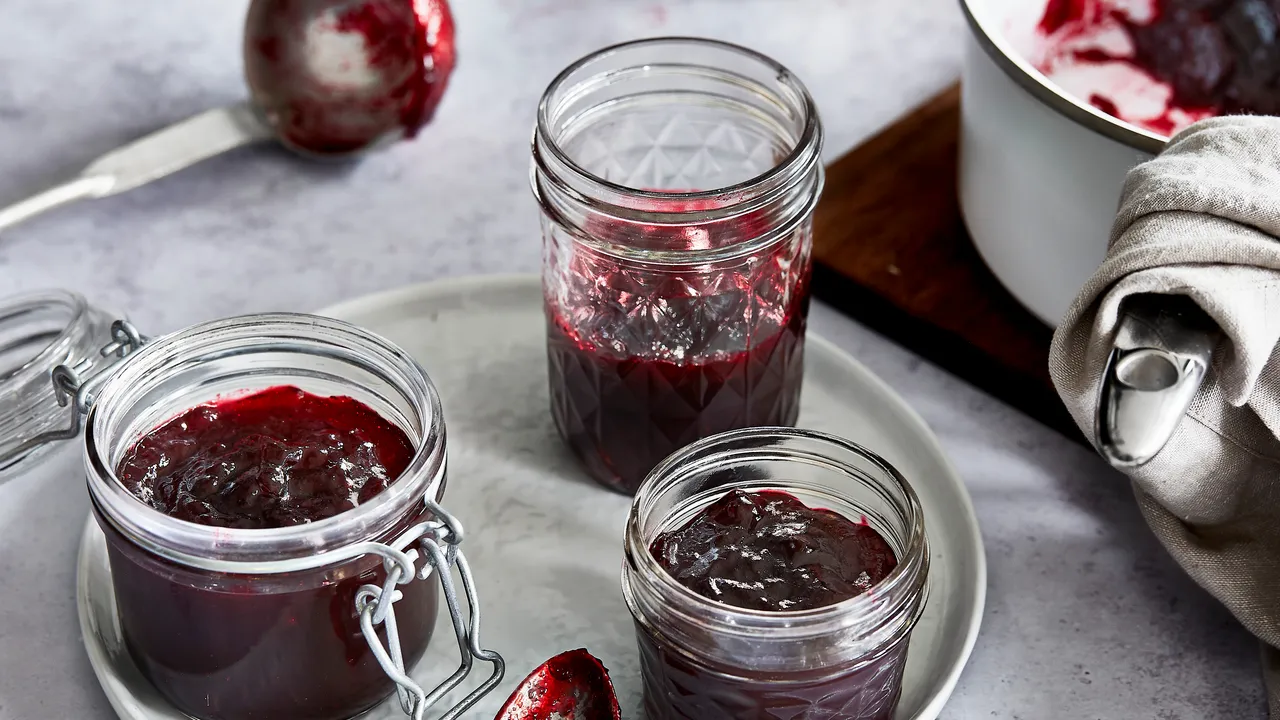
Before removing seeds from blackberries, there are a few preparations you can make to ensure the process goes smoothly. First, gather all the necessary materials, including a fine-mesh strainer or sieve, a bowl or plate to catch the seeds, and a spoon or spatula for pressing the berries through the strainer.
It may also be helpful to have a cutting board and knife handy if you need to remove any stems or damaged parts of the berries. Additionally, make sure your work area is clean and well-lit, as this will make it easier to see and remove any remaining seeds. Taking these preparations before removing seeds from blackberries can help streamline the process and ensure you achieve the desired result.
Necessary Tools For Seed Removal
You’ll need a few essential tools to remove seeds from blackberries efficiently. A fine-mesh strainer is a must-have for the job, as it effectively separates the seeds from the fruit. Additionally, a food processor or blender can achieve the same result. A small spoon or spatula comes in handy to scrape out the seeds from the berries.
A seedless jam or jelly strainer can simplify the process for larger quantities of blackberries. Lastly, disposable gloves can protect your hands from staining while removing the seeds.
Cleaning And Sanitizing The Blackberries
Cleaning and sanitizing blackberries is an important step in removing seeds and ensuring they are safe to consume. To clean the blackberries, start by gently rinsing them under cool water. Be careful not to crush or bruise the berries as you rinse them. Once rinsed, place the blackberries in a colander to remove excess water.
Next, prepare a solution of one part vinegar to three parts water in a large bowl or basin. Submerge the blackberries in the vinegar solution for about 10 minutes, gently stirring them occasionally. The vinegar will help to kill any bacteria or pathogens on the berries.
After soaking, rinse the blackberries under cool water to remove the residual vinegar taste. Finally, dry the blackberries with a clean towel before using or storing them. Following these steps, you can effectively clean and sanitize your blackberries while removing unwanted seeds.
The Blender Method
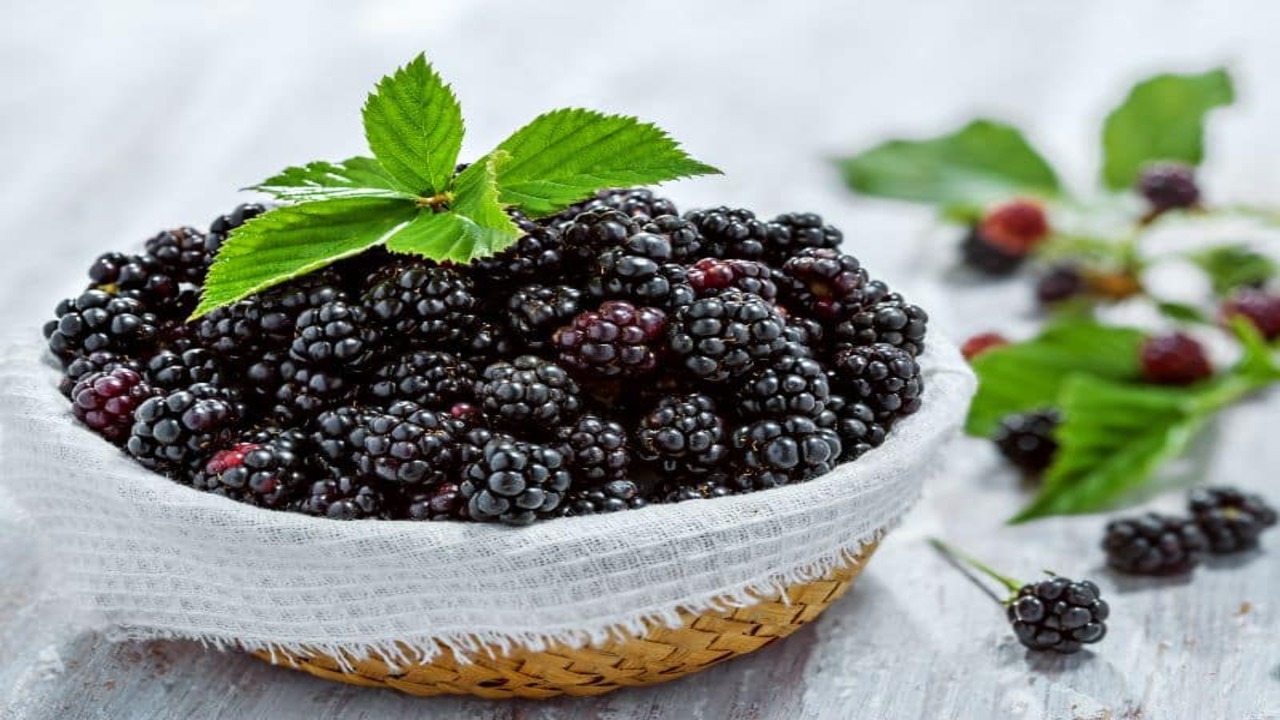
The Blender Method involves blending the blackberries to create a seedless blackberry pulp. To remove the seeds, strain the blended mixture using a fine mesh strainer or cheesecloth. This quick and efficient method is perfect for removing seeds from large quantities of blackberries. Remember to wash the blender and strainer thoroughly after use.
Food Mill Or Chinois Method
The Food Mill and Chinois Method are two effective ways to remove seeds from blackberries. The food mill crushes the blackberries and separates the seeds from the smooth puree. On the other hand, the chinois method strains the blackberries through a fine mesh sieve, catching the seeds while allowing the juice and pulp to pass through.
Both methods require some effort but result in seed-free blackberry puree or juice. The food mill is ideal for larger quantities, while the Chinois method suits smaller batches. Choose the method that suits your preference and desired final product texture.
Potato Mesh Method
The potato mesh method involves pressing blackberries through a potato mesh to separate the seeds. It’s an easy and efficient way to remove seeds without losing pulp. Quick and requiring minimal equipment, it results in seedless blackberries for culinary uses.
Cloth As A Sieve Method
Removing seeds from blackberries can be tedious, but using a cloth as a sieve can make the process much easier. Start by placing a clean cloth over a bowl or container. Next, place the blackberries on the cloth and gently press down with your hands or a spoon.
The juice from the blackberries will pass through the cloth, while the seeds will be caught in the fabric. Once you have pressed out as much juice as possible, lift the cloth and carefully remove the seeds that are left behind. This method effectively separates the seeds from the juicy pulp of the blackberries, allowing you to enjoy them without any unwanted crunch.
How Are Seedless Blackberries Different?
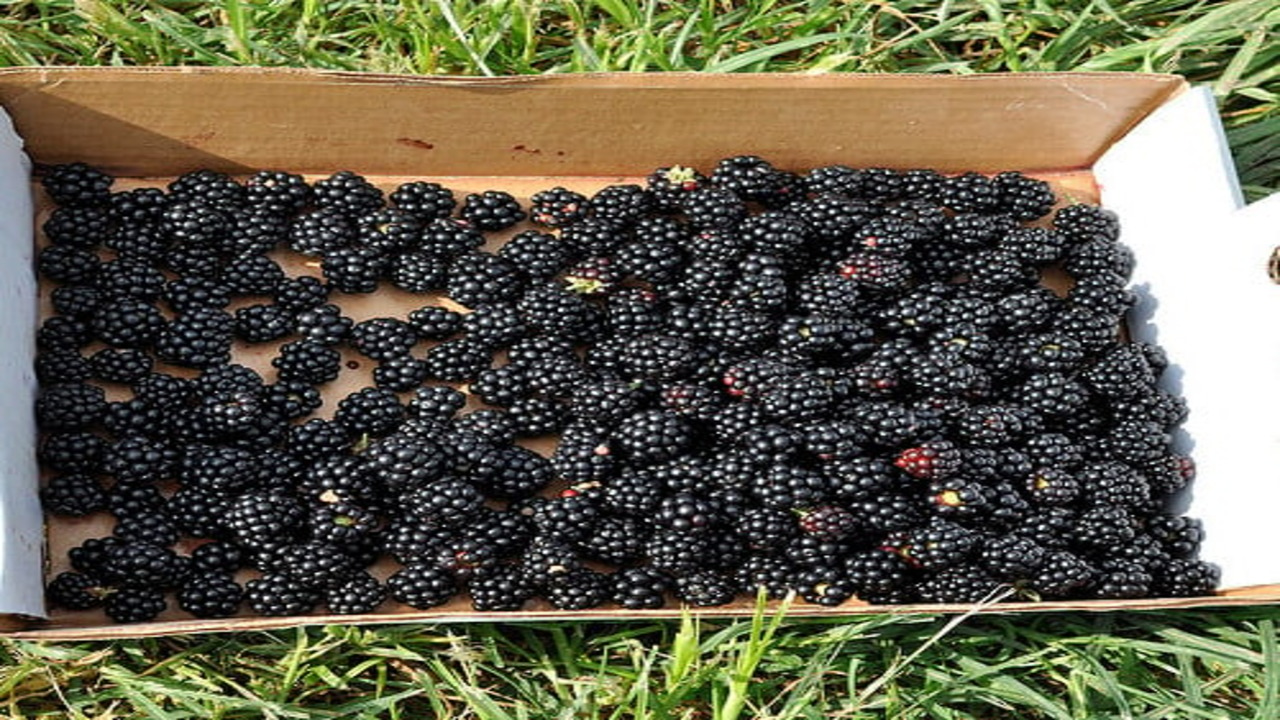
Seedless blackberries, as the name suggests, differ from regular blackberries because they do not contain seeds. This makes them popular for those who prefer a smoother texture and do not want to deal with the hassle of removing seeds while eating. Seedless blackberries are typically larger and have juicier flesh than their seeded counterparts.
They are also known for their slightly sweeter taste, making them a favorite for snacking or adding to various recipes. However, it’s important to note that seedless blackberries result from selective breeding and genetic modification rather than naturally occurring.
Conclusion
removing seeds from blackberries can enhance your eating experience and make them more enjoyable. Whether you choose to use a blender, strainer, food mill, or any other method, the goal is to create a smooth texture without the interference of seeds. However, they are readily available if you prefer the convenience of seedless blackberries.
Removing seeds from blackberries is a personal preference, and it ultimately depends on how you consume them. So go ahead and try out different methods to find the one that works best for you. With practice, you can easily master this technique and create delicious Blackberry recipes that will impress you.
Frequently Asked Questions
1.How Do You Deseed Blackberries For Cobbler?
Ans: To remove seeds from blackberries for the cobbler, wash the berries. Then, place them in a fine-mesh sieve and gently press against the sides to release the seeds and collect the pulp. Repeat until most of the seeds are removed, leaving behind seedless pulp for your delicious cobbler.
2.How To Deseed Blackberries For Jam?
Ans: To remove seeds from blackberries for jam, start by washing and removing any stems or leaves. Place the berries in a fine-mesh sieve over a bowl. Spoon or spatula, press the berries through the sieve, separating the pulp from the seeds. Continue until all the pulp is separated.
3.Do You Need To Remove Seeds For Blackberry Jam?
Ans: Removing seeds for blackberry jam is a personal preference. Some people enjoy the texture and flavor of the seeds, while others prefer a smoother consistency. If you prefer seedless jam, strain the mashed blackberries through a fine sieve or use a food mill to remove the seeds.
4.Can You Use A Food Mill To Remove Blackberry Seeds?
Ans: Yes, a food mill can be used to remove blackberry seeds. Simply place the blackberries in the food mill and turn the handle to crush and strain the berries. This will separate the seeds from the pulp, resulting in seedless blackberry puree. You can pass the puree through the food mill again for a smoother consistency if desired. Ensure your food mill has a fine mesh or sieve attachment for the best results.
5.Are There Any Alternative Methods For Removing Seeds From Blackberries?
Ans: If you’re not a fan of traditional methods, there are a few alternatives for removing blackberry seeds. You can use a fine mesh strainer or sieve to separate the seeds from the pulp. Another option is to puree the blackberries and strain the mixture through a cheesecloth or fine-mesh sieve. Some people prefer to eat blackberries with seeds for added texture and fiber. Experiment with different methods to find your preferred level of seediness.